Introduction
Panasonic LUMIX G X VARIO PZ 14-42mm / F3.5-5.6 ASPH
Enter the Panasonic LUMIX G X VARIO PZ 14-42mm / F3.5-5.6 ASPH. This very first micro 4/3 lens (with many others doubtless to follow very soon!) belongs to the new generation of lenses designed to respond intelligently to the problems posed by compactness:
- The lens by itself has a length of only 26.8mm and a weight of just 95g — ideal for the general public.
- To reduce the lens size, Panasonic modified its design philosophy by eliminating the zoom ring and replacing it with tiny levers that control zoom and focus. (In terms of ergonomics, photographers who are used to DSLR zooms will probably be disappointed.)
It remains to be seen if the optical quality of this oh-so-small zoom is similar to that of classical zoom lenses — something that DxOMark measurements will certainly ascertain.
Currently-available compatible cameras include the Panasonic GH2, GX1, and GH1, and also the Olympus PEN EPL2 (with other cameras to eventually arrive on the scene).
The DxOMark results
Complete test results are available here: Panasonic LUMIX G X VARIO PZ 14-42mm / F3.5-5.6 ASPH. / POWER O.I.S. mounted on a Panasonis Lumix DMC GH2
With a DxOMark overall score of just 10, this 14-42mm is far from any hope of climbing up on the podium with the best lenses on our website. However, its DxOMark score was impacted by a low-light use case that gives a real advantage to full-field sensors and bright lenses, so we honestly were not surprised by these results — after all, this is a kit lens for the general public, so we weren’t expecting any miracles.
| Strong points | Weak points |
| Good sharpness, uniform starting at 24mm | Too-strong distortion at 14mm (3.5%) |
| Tolerable vignetting | Significant vignetting at 14mm from f/3.5 to f/5.6 (> 1 EV) |
| Tolerable chromatic aberrations | Not very bright |
| Compact | |
| Light-weight |
The smallest kit lens contest
Since the Panasonic GF3 isn’t available yet, we used the GH2 for our measurements, given that the characteristics of their respective sensors are quite close. (We expect that the results would have been similar had we tested this lens on a GF3.)
With a DxOMark overall score of 7, the 10-30mm is not as high-quality a lens as the Panasonic 14-42mm.
But the real point of interest in this comparison is that the Panasonic GH2 / Panasonic G X 14-42mm f3.5 combination surpasses the Nikon 1’s low-light score. Two principal factors account for this: better lens resolution, yes, but also a better low-light sensor score for the Panasonic GH2 vs the Nikon 1 V1.
The strong points of the 10-30mm :
- Better-controlled distortion
- Less affected by vignetting
- Fairly insignificant chromatic aberrations
The strong points of the 14-42mm:
- Resolution sharper and more uniform across the field
- Transmission: an average gain of ½ EV for the same aperture as the competition
- More compact
- Lighter
- Less expensive
DxOMark’s choice:
For those who have not yet invested in a lens and who would like to have something very small, versatile, and not super-expensive, the Panasonic seems to be a reasonable choice. We do wish, however, that the distortion for this model was better controlled at 14mm.
The Panasonic vs Nikon kit and Olympus kit lenses
Here are the technical comparison results for the 14-42mm on a Panasonic Lumix DMC GH2, of the 18-55mm on a Nikon D7000, and the 14-42mm on an Olympus E620:
The DxOMark score here is frankly impressive: the little Panasonic kit lens does as well as the Nikon 18-55mm kit lens. (We note, however, that there were some disparities for some measured focals on the Panasonic results.)
The advantages of the Nikon kit zoom:
- Brightest of the three lenses tested
- Weak distortion (similar to that of the Panasonic)
The advantages of the Olympus kit zoom:
- Weakest distortion of the three lenses tested
- Negligeable chromatic aberrations
The advantages of the Panasonic kit zoom:
- Resolution sharper and more uniform across the field
- More compact
- Lighter
- Less expensive
Conclusion
To sum up, the Panasonic LUMIX G X VARIO PZ 14-42mm / F3.5-5.6 ASPH. / POWER O.I.S., mounted on a Panasonis Lumix DMC GH2, achieves scores equivalent to entry-level kit lenses mounted on APS-C-sensor cameras. Obtaining comparable quality with a camera/lens combination that is half the size is certainly not a bad result! All that remains is to see the results for the even smaller Panasonic GF3 or Olympus PEN EPM 1 in order to determine which has the best quality-to-bulkiness ratio. But in any case, this 14-42mm lens is a clear win for Panasonic!
(Please keep in mind that these tests and this review do not cover certain other important aspects of lens evaluation, such as the precision of the zoom’s movement and focusing, the overall ergonomics of the system, etc.)
Here are the results for the Panasonic Lumix G-Vario 14-140-mm F4-5.8 Mega OIS, a zoom that can come in very handy because of a focal range that starts at a wide angle of 14mm and goes up to 140mm (equivalent to 28–280mm for 24X36mm and 18–182mm on an APS-C).
Released in Mars 2009, the Panasonic Lumix G-Vario 14-140mm F4-5.8 Mega OIS is the first Panasonic super-zoom produced expressly for micro 4/3 sensors. However, the choice of lenses in this category for owners of micro 4/3 cameras is very small – in fact, even now the only viable alternative is the Olympus M.ZUIKO DIGITAL ED 14-150mm f4.0-5.6.
Still, let’s take a look at what our DxOMark tests reveal about this Panasonic lens:
| The pros | The cons |
| The resolution is decent for this type of zoom (43lp/µm) | Poor transmission, and thus not a very bright lens (5.6 T-stop) |
| The vignetting is fairly well controlled (-0.8EV) | Significant distortion at wide angle (14mm) |
| Chromatic aberrations, while present, could have been much worse (12µm) | High price |
| A wide focal range (14mm–140mm) |
Comparison
Now here’s an interesting comparison: Panasonic Lumix G-Vario 14-140-mm F4-5.8 Mega OIS vs Nikon AF-S DX VR Zoom-Nikkor 18-200mm f/3.5-5.6G IF-ED
The Panasonic on a micro 4/3 and the Nikon on a APS-C are comparable because it turns out that a 14-140mm on a micro 4/3 is equivalent to a 18-182mm on an APS-C. It was only when we made this comparison that we realized just how similar these results are. However, the Panasonic wins because it has better resolution (43 lp/mm vs. 41 lp/mm), and though the distortion for both lenses is quite weak, the Panasonic is also ahead here (0.5% vs. 0.6% for the Nikon).
Conclusion
So here is an all-purpose, relatively compact lens. It does everything “OK” just like the other super-zooms that we’ve been able to analyze up to now. Still, for those who want to shoot freehand and without flash, be careful — this lens simply isn’t bright enough.
One other interesting point: in addition to being more compact, the Panasonic Lumix G-Vario 14-140mm F4-5.8 Mega OIS mounted on a micro 4/3 sensor is on par with an equivalent lens mounted on an APS-C!
For those who would like more information about super-zooms, here are some of our previous reviews:


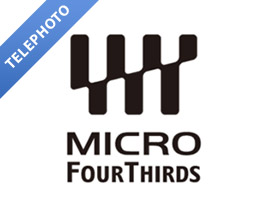
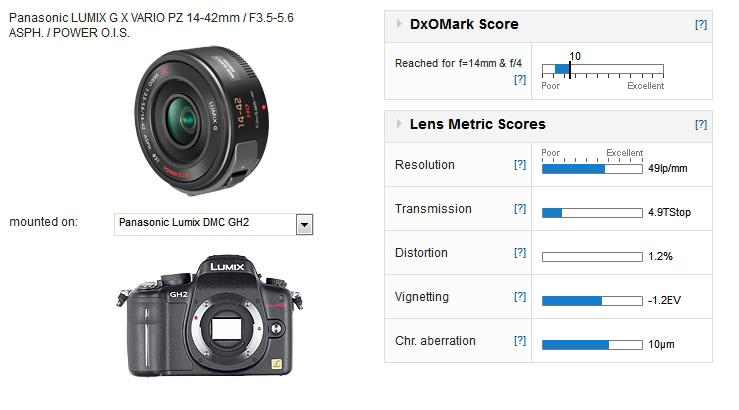
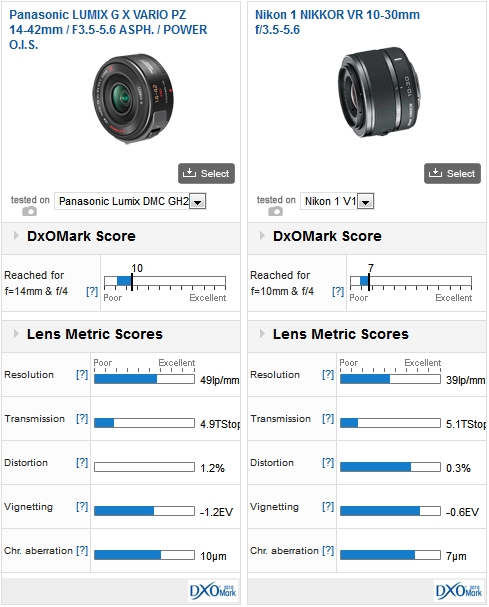
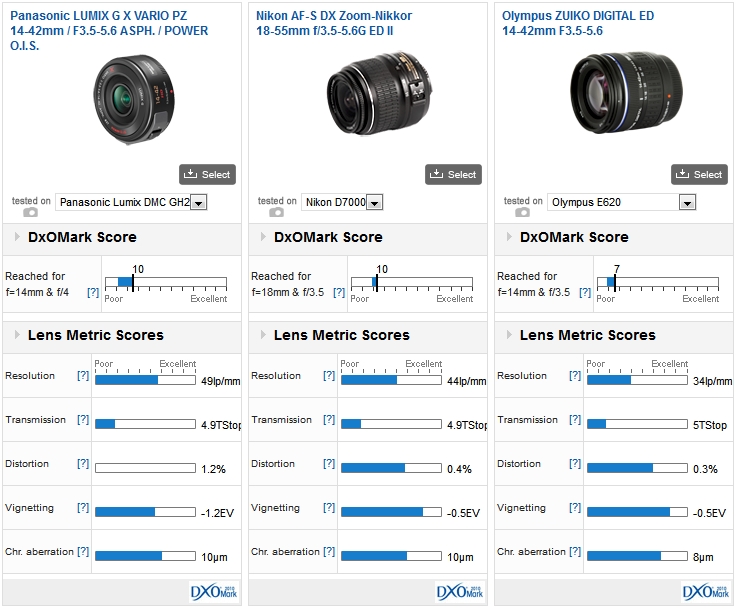
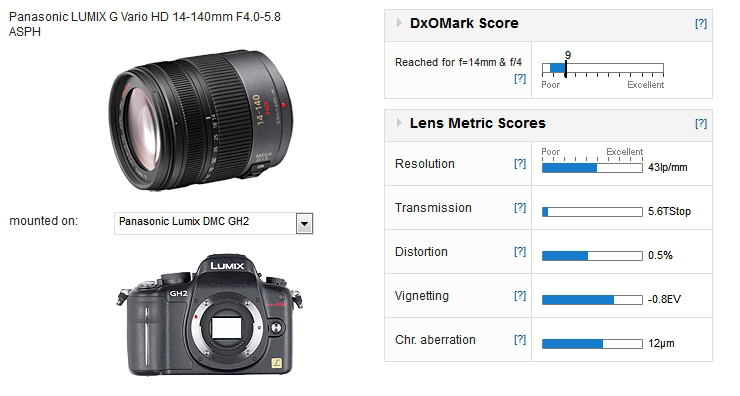
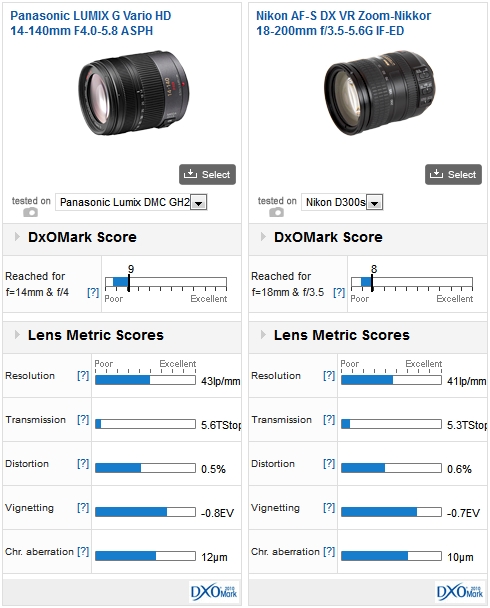
DXOMARK encourages its readers to share comments on the articles. To read or post comments, Disqus cookies are required. Change your Cookies Preferences and read more about our Comment Policy.